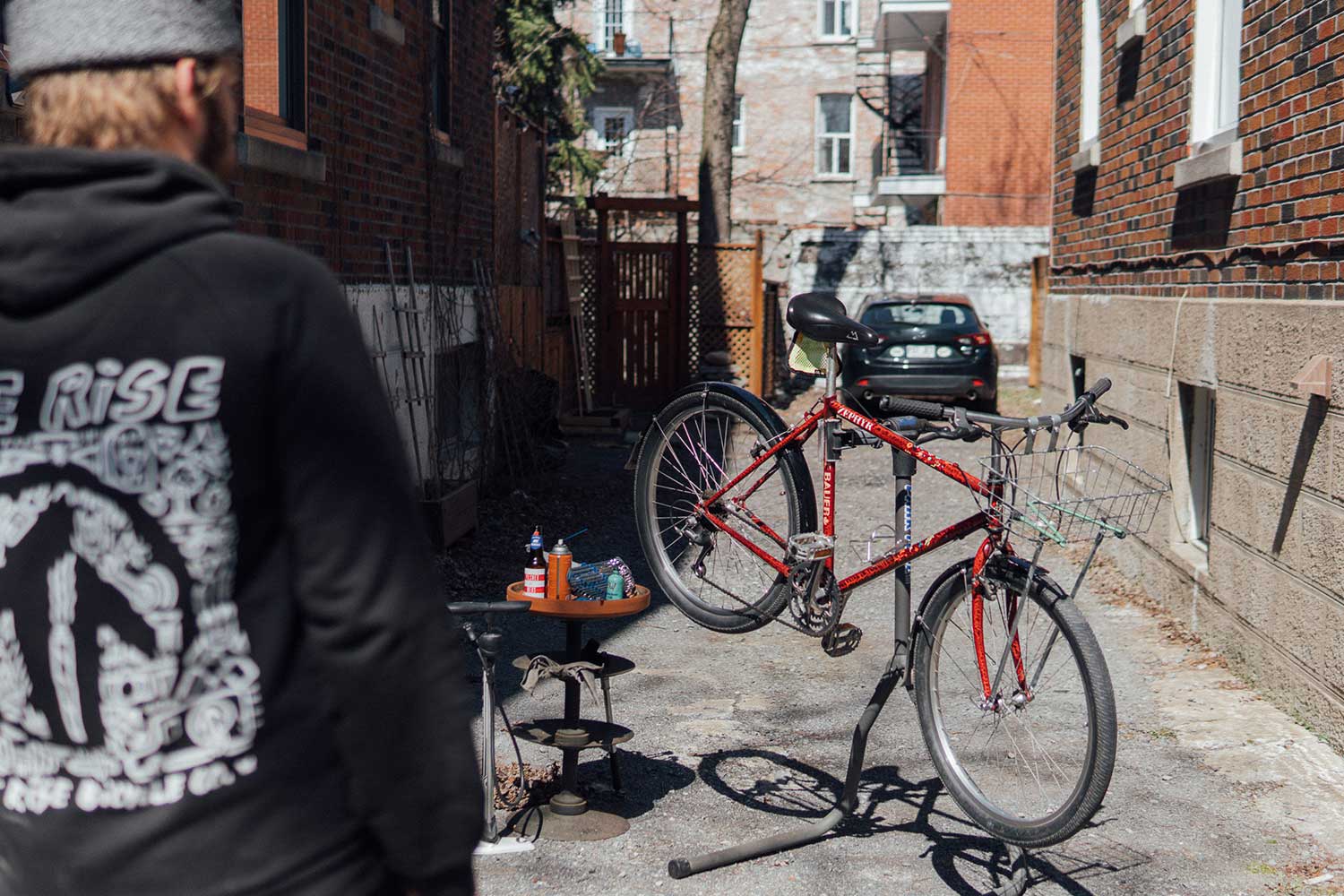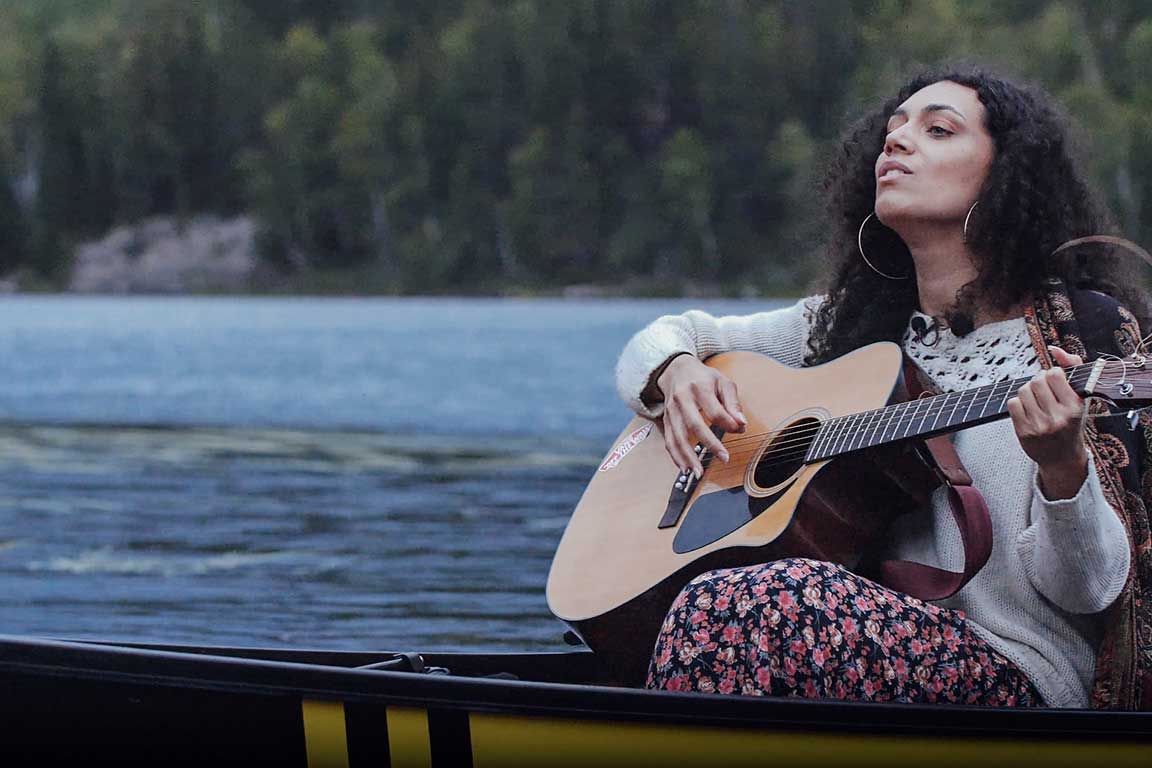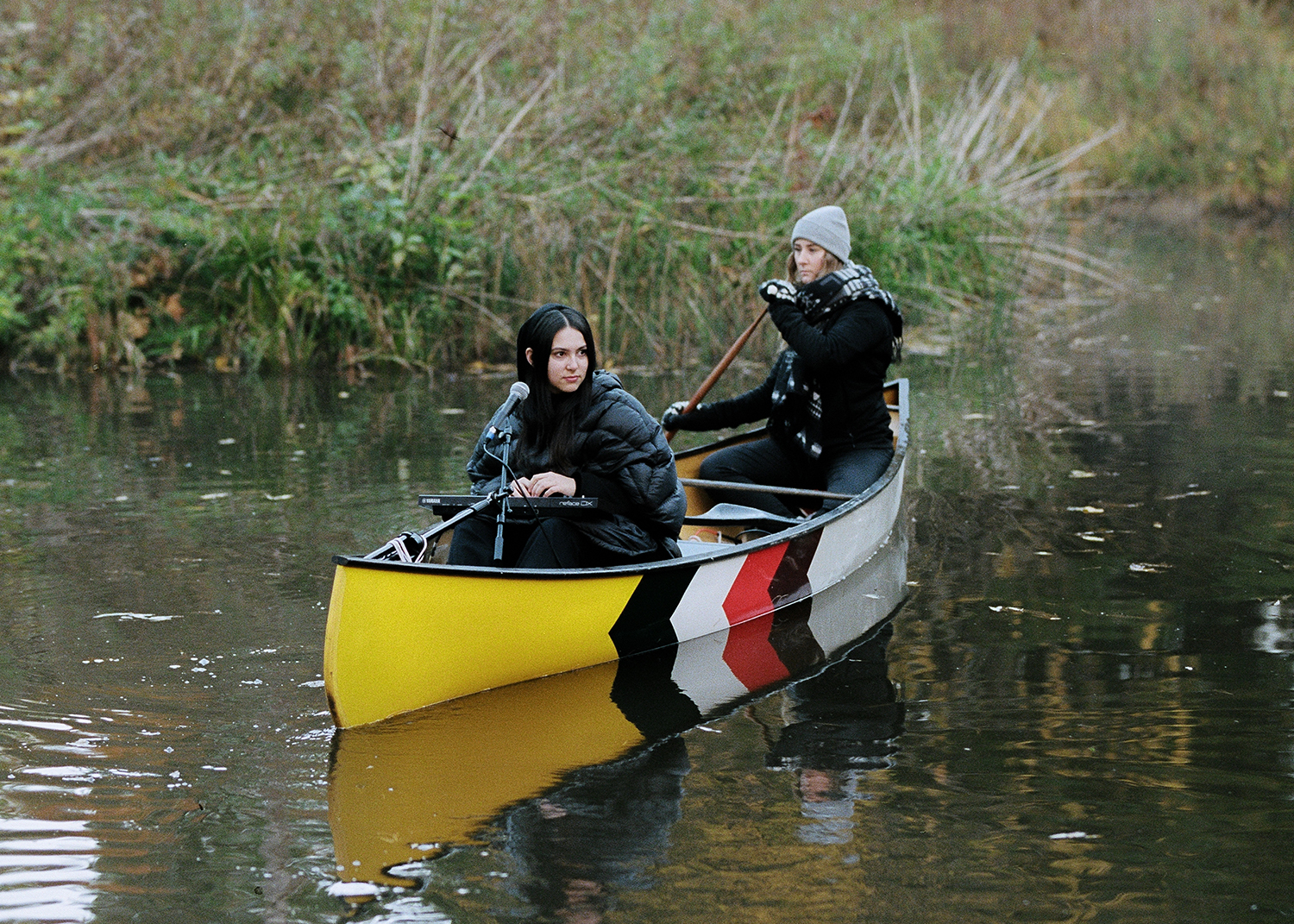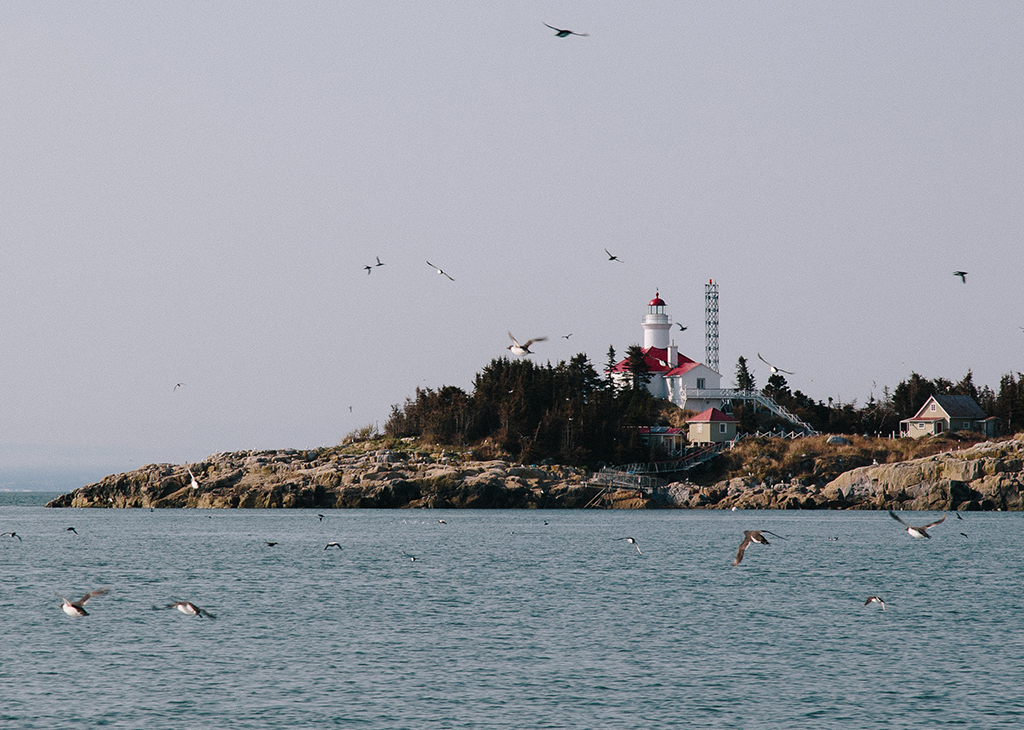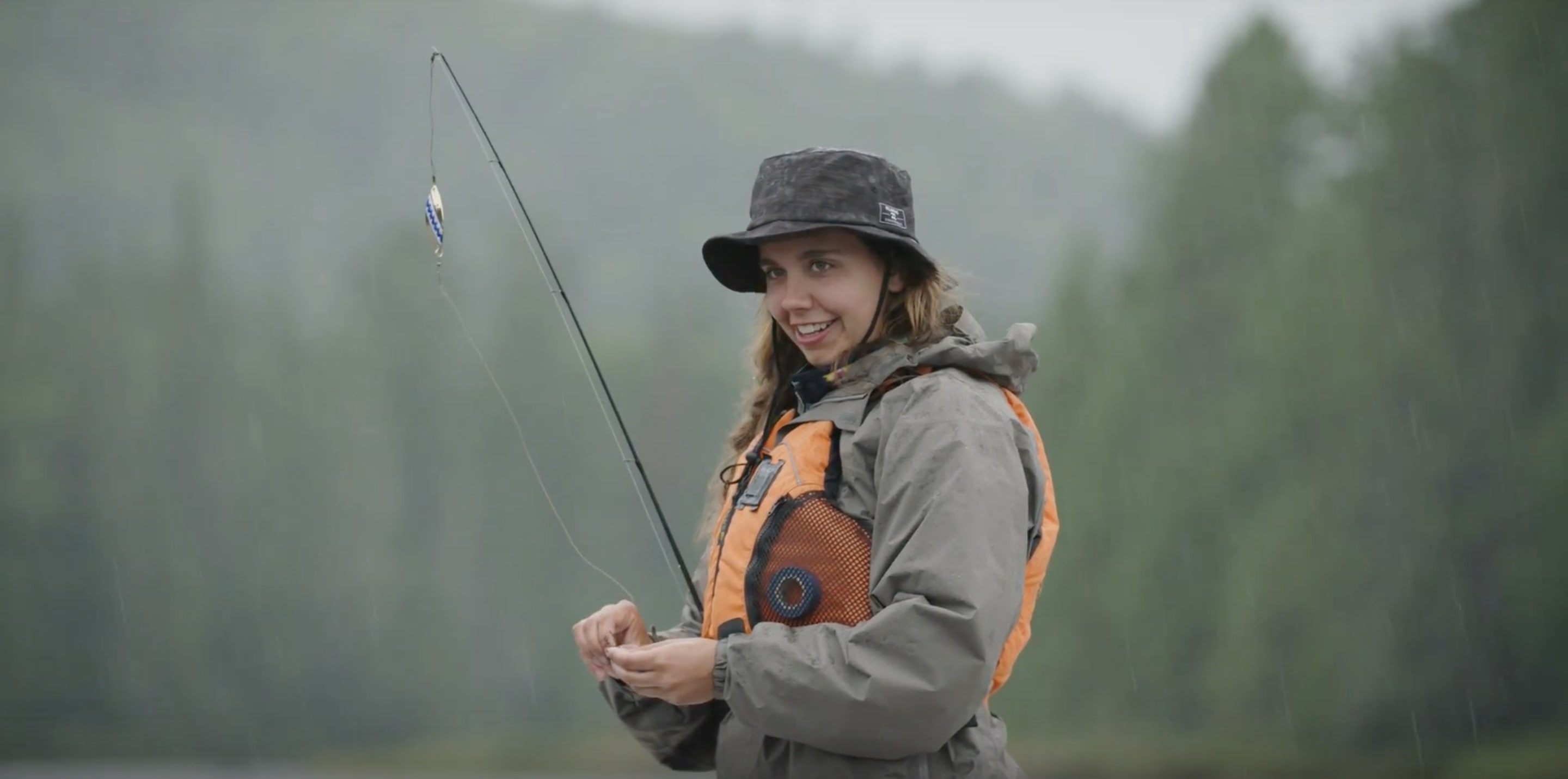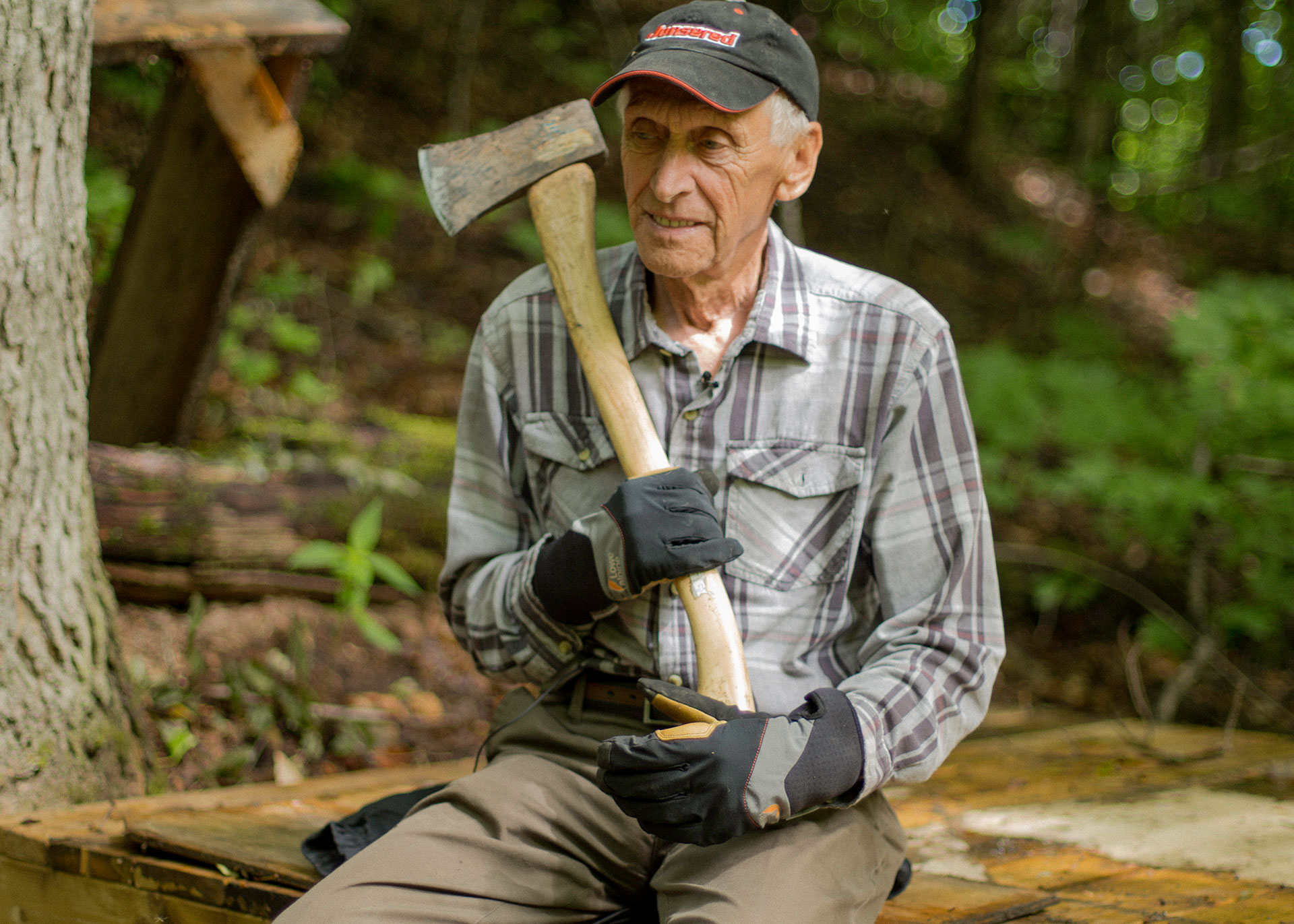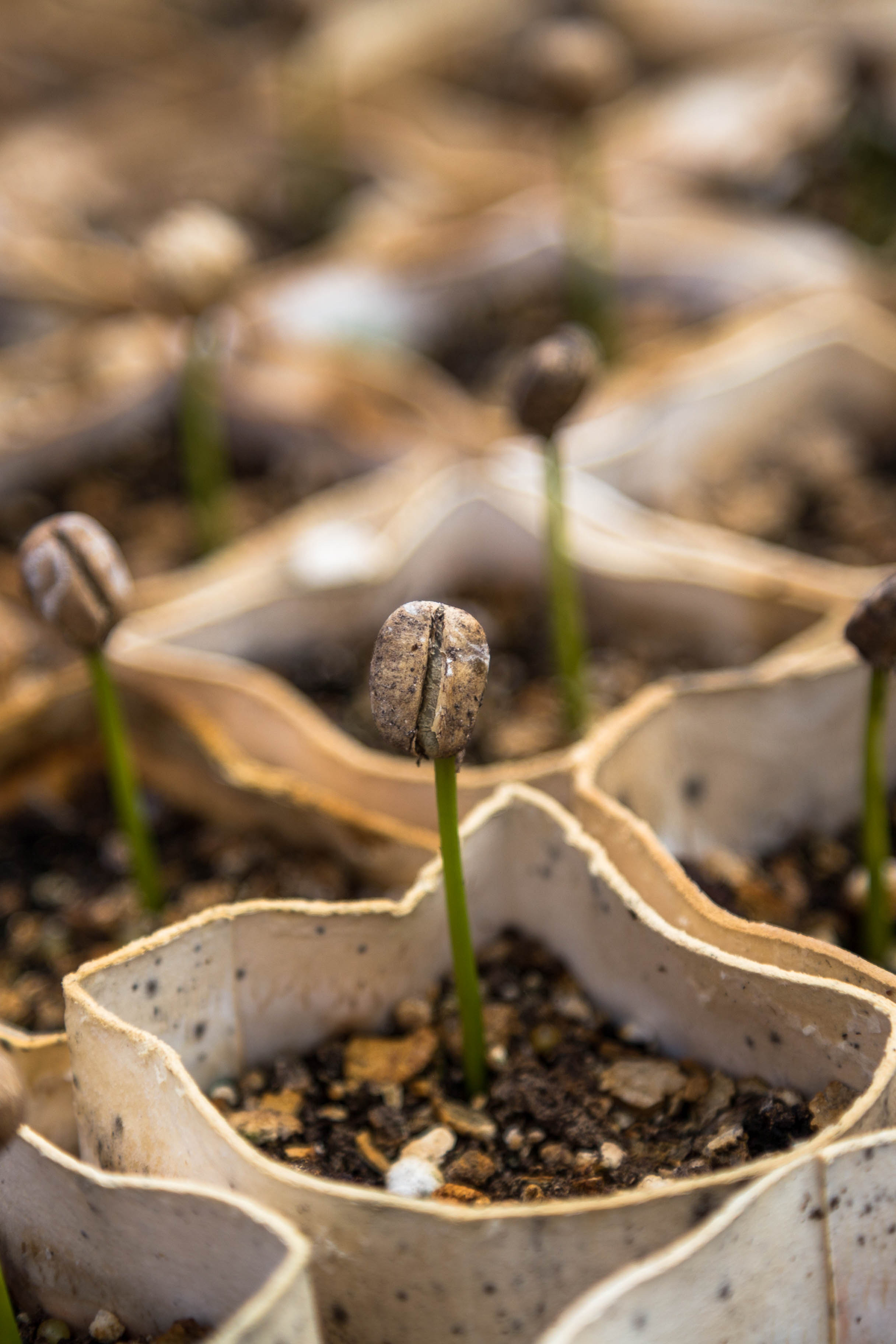Across the Salty Roads
An inspiring journey hitchhiking by sail across the South Pacific Islands to collect stories of locals taking the initiative in the fight against climate change.
The Fiji Islands
Located between American Samoa and New Caledonia, the Fiji Archipelago consists of 300 islands, a third of which are inhabited. They were a British colony from 1874 to 1970, the year they gained their independence.
Although these islands originally sprang up from an accumulation of coral and volcanic sediment, the archipelago is nevertheless at the mercy of climate change and its catastrophic displays, including coastal erosion, disappearing coral, and village-ravaging storms of unprecedented force. In 2016, Tropical Cyclone Winston annihilated more than 30,000 homes. While the islanders are used to Mother Nature’s whims, the increased violence and frequency of the storms that they must weather has not escaped their attention.

The Arrival
Guillaume must throw himself into the culture and the history of the archipelago in order to get the whole picture. He has a lot of questions: for instance, what kind of impact have rising sea levels and coastal erosion had on this exceptional ecosystem? To find some answers, he is turning to the Pacific Islands Forum Secretariat, an international political organisation made up of all 16 of the South Pacific’s independent countries and whose activities revolve around the environment, energy, commerce, and fishing. The Forum was notably responsible for formalising the adoption of the Treaty of Rarotonga on August 6, 1985, which created a nuclear-weapon-free zone in the South Pacific.
“As soon as I set foot on the Fiji coast, I was hit with the deep conviction that something different was going on. The very shore I was standing on was in danger. The surrounding waters, their different ecosystems… all of that was at risk. Because in the Fiji Islands, everything is closely connected.”
— Guillaume
The organisation’s people tell Guillaume to visit a small village on Vanua Levu. There, he is invited to attend a meeting of the island’s chiefs, where he is told about a place —a lost village— that had to be relocated for safety reasons. He gets permission to visit this remote community, where he hopes to find out more about the archipelago’s history.
The Lost Village
Coastal erosion has been eating up the land of many island communities in the Pacific, forcing inhabitants to leave. In fact, the total disappearance of the islands is imminent. Those who live in coastal villages under constant threat of the sea are well aware of this. Those whose plantations have been destroyed by saltwater floods know this. Those who were forced to abandon ancestral lands because their homes were obliterated know this. Over the past few decades, these small island nations have witnessed the dramatic rise of sea levels—a rise three to four times higher than the world average.
In February 2014, Vunidogoloa became the first Fijian village to be relocated. It now sits two kilometers inland. It is while visiting this community that Guillaume realizes something: coastal erosion—and its consequences—are a taste of what’s to come for the rest of the world.
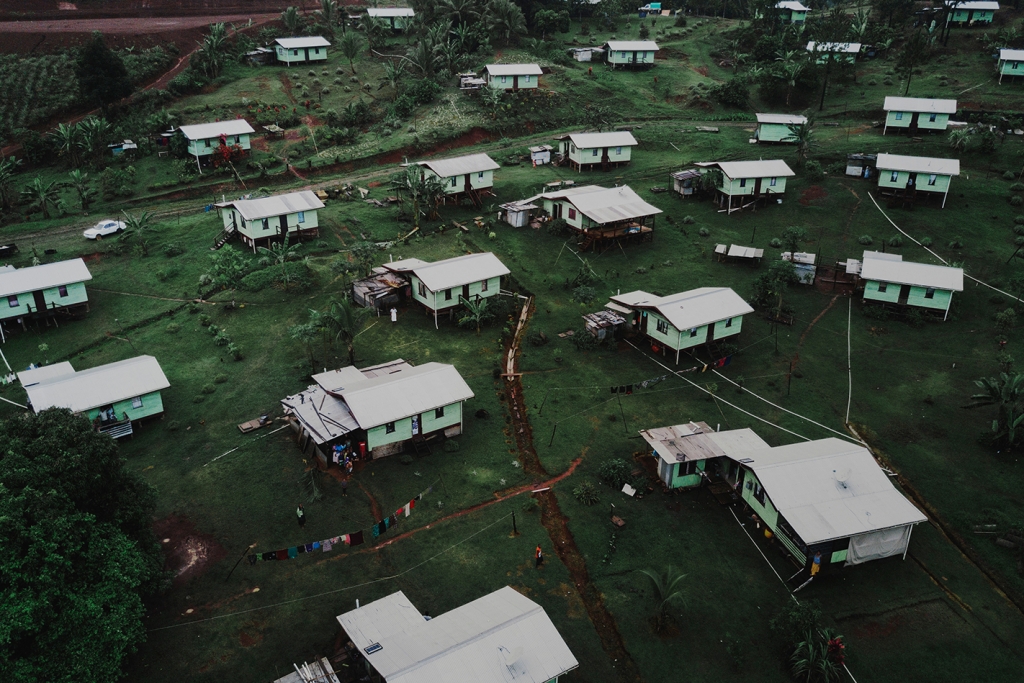
According to the Office for the Coordination of Humanitarian Affairs (OCHA), Fiji is the first country in the Pacific to have to relocate its inhabitants because of climate change. This is no small feat: the relocation of an entire village takes years to prepare. The first steps—choosing the new site and beginning construction—means leaving personal stories and cultural heritage behind, making it a highly emotional process. The connection between the islanders and their immediate surroundings is strong; climate change affects their way of life, not just their geographical location.
“This is where my house stood. It was here, to be far from the sea. I moved it one, two, three times, before leaving it for good.”
— Sailosi Ramatu, Village Head
When Guillaume and his guides get to the centre of the ancient village, he’s shocked to discover that it now looks like a swamp. The sea level has risen far more than he’d imagined.
“The reality of climate change is that it destroys the beauty of the environment.”
— Sailosi Ramatu
The Mangroves
Back on the island of Viti Levu, Guillaume looks over the measures taken to preserve the coasts that have fallen prey to erosion. He discovers that the answer can be found, as it so often does, in nature—specifically, in mangroves: vital habitats that can be found along the archipelago’s east coast.

Mangroves protect the coasts from tsunamis, hurricanes, and the rising sea levels. They also allow nearby reefs to benefit from the export of organic carbon and contribute to the reduction of greenhouse gas emissions. And finally, many organisms take shelter there during mating season. That’s why organisations like Mangroves for Fiji (a subdivision of Projects Abroad) aim to repopulate the coastlines with these highly adaptable ecosystems.
“This morning, we went and planted 1,010 mangroves. We collect plastic bottles from the resorts around the area, from the villages, and from the residents of the Pacific ports, and we turn them into flower pots. Since this system was put in place in early 2014, we’ve recycled around 15,000 bottles. And to this day, we’ve planted 92,000 mangroves.”
— A volunteer working for Projects Abroad
EPISODE 6: The Lost Village
“It’s in the Fiji Islands that I first realized that the dishonorable exploitation of natural resources inevitably winds up turning on us. And it’s where I understood that we can neutralize the negative impacts of climate change by employing collective action that imitates nature’s response.”
— Guillaume
Swimming with Sharks
Guillaume is convinced that when we respect nature, we live in perfect equilibrium. His trek among the South Pacific islands has made him realize that traditional knowledge and respect for ecosystems have always contributed to the sustainable management of resources. And that these are far more useful than fear, which so often guides our approach to the aquatic world.
“Traditionally, in Fiji, they had a spirit god that was seen as the protector of the people. No harm would come to those who went out to sea. Therefore, sharks are not creatures to be feared. In some places, it’s even considered taboo to fish them or to harm them. To be honest, the idea of diving into shark-filled waters made me nervous. But I respected their presence, and I was able to thoroughly enjoy the experience.”




